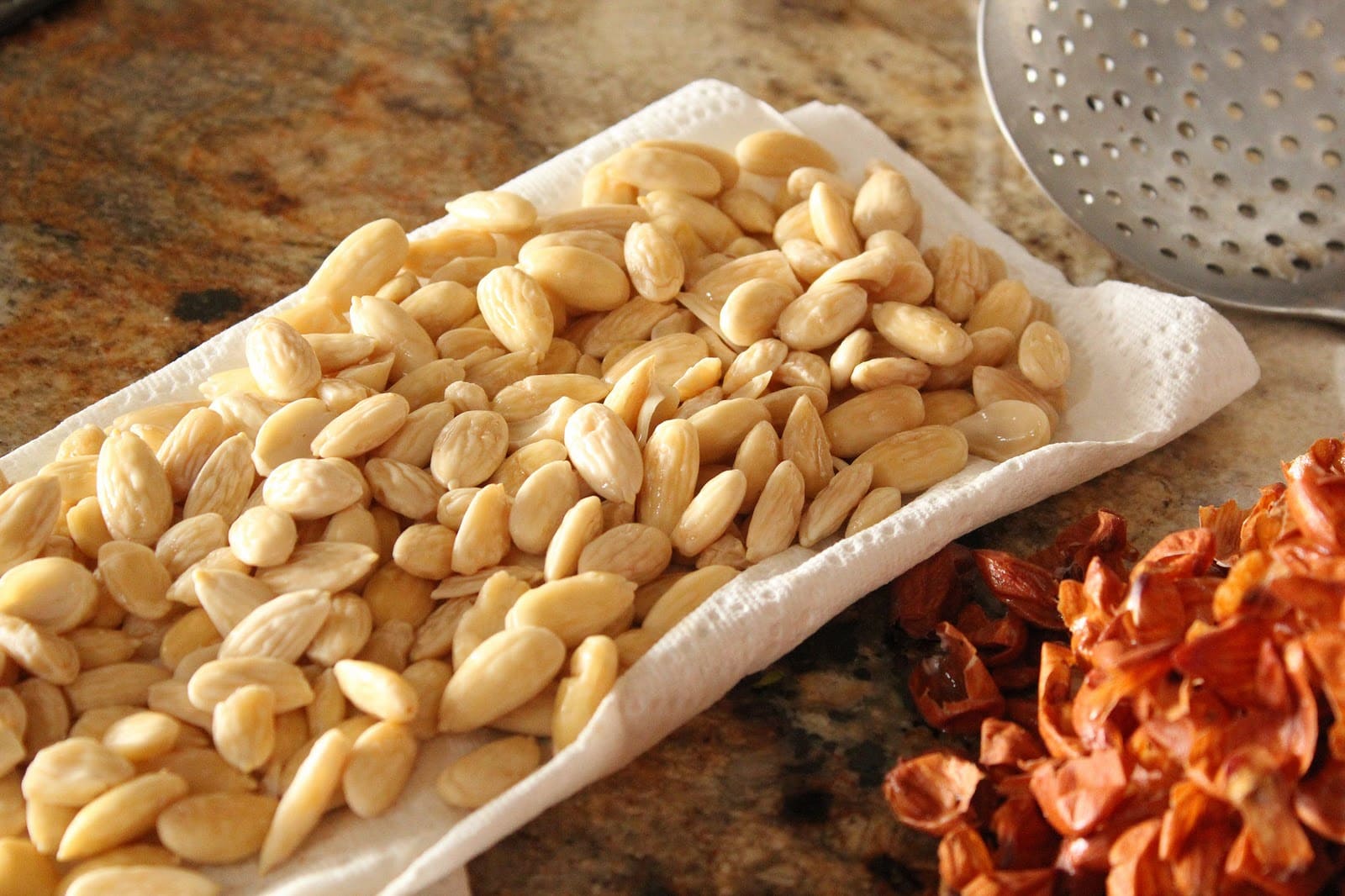

Articles
How To Store Blanched Almonds
Modified: December 7, 2023
Learn the best methods for storing blanched almonds in this informative article. Keep your almonds fresh and delicious for longer with these helpful tips.
(Many of the links in this article redirect to a specific reviewed product. Your purchase of these products through affiliate links helps to generate commission for Storables.com, at no extra cost. Learn more)
Introduction
Blanched almonds are a versatile and delicious ingredient used in many recipes, from baked goods to savory dishes. The blanching process involves removing the almond’s skin, resulting in a smooth and creamy texture. However, once you’ve blanched your almonds, you may be wondering how to store them properly to maintain their freshness and flavor.
In this article, we will guide you through the steps of storing blanched almonds to ensure they stay in the best condition possible. From purchasing and blanching almonds to choosing the right storage container and creating the ideal storage conditions, we will provide you with the necessary knowledge to keep your blanched almonds at their peak.
Whether you plan to use blanched almonds right away or store them for future use, proper storage techniques are crucial to maintaining their quality. Storing blanched almonds correctly will not only keep them fresh and preserve their flavor but also extend their shelf life.
So, let’s dive into the process of how to store blanched almonds and enjoy their deliciousness for an extended period!
Key Takeaways:
- Properly storing blanched almonds involves purchasing fresh almonds, blanching them, and choosing the right storage container. Follow these steps to maintain their freshness and flavor for an extended period.
- Whether storing blanched almonds in the pantry or freezing them for long-term storage, proper cooling, container selection, and storage conditions are crucial. Implement additional tips to enhance freshness and flavor.
Read more: How To Store Almonds
Step 1: Purchasing and Blanching Almonds
The first step in storing blanched almonds starts with purchasing high-quality almonds and blanching them properly. Here are a few tips to help you get started:
- Choose fresh almonds: When buying almonds, opt for ones that are fresh and have a sweet aroma. Avoid almonds that appear discolored or have a rancid smell, as these indicate they have gone bad.
- Buy in small quantities: If you don’t plan on using blanched almonds frequently, it’s best to purchase them in small quantities to minimize the amount of time they spend in storage.
- Blanch the almonds: Blanching almonds involves removing their skins to achieve a smooth texture. To blanch almonds, start by placing them in boiling water for about a minute and then transferring them to cold water. Gently squeeze the almonds to slip off the skins. You can also opt to purchase pre-blanched almonds if you prefer to skip this step.
- Dry the almonds thoroughly: After blanching the almonds, ensure they are completely dry before moving on to the next step. Excess moisture can lead to spoilage, so pat them dry with a clean towel or let them air dry for a few hours.
By purchasing fresh almonds and blanching them properly, you set the foundation for preserving their quality throughout the storage process. Now that you have blanched almonds ready, let’s move on to the next step: properly cooling them.
Step 2: Properly Cooling Blanched Almonds
Cooling blanched almonds efficiently is essential for maintaining their freshness and preventing any potential spoilage. Follow these guidelines to ensure proper cooling:
- Transfer blanched almonds to a baking sheet: Once you’ve blanched the almonds, spread them out on a baking sheet lined with parchment paper or a clean kitchen towel. This allows air to circulate around the almonds and aids in the drying process.
- Avoid overcrowding: Ensure that the blanched almonds are spread out in a single layer on the baking sheet. Overcrowding can trap moisture and prevent thorough drying.
- Allow for natural air drying: Allow the blanched almonds to air dry for at least a few hours, or until completely dry to the touch. This step is crucial to remove any residual moisture and prevent the growth of mold or bacteria.
- Avoid direct sunlight or heat: Place the baking sheet of blanched almonds in a cool, dry area away from direct sunlight or any heat sources. Excessive heat can cause the almonds to become rancid or lose their flavor.
Properly cooling blanched almonds ensures that they are free from excess moisture, allowing for optimal storage conditions. Once the blanched almonds have thoroughly cooled and dried, it’s time to move on to the next step: choosing the right storage container.
Step 3: Choosing the Right Storage Container
Choosing the right storage container is crucial to maintain the freshness and quality of blanched almonds. Opt for containers that provide airtight and moisture-resistant properties to prevent exposure to external elements that can cause spoilage. Here are some tips to consider when selecting a storage container:
- Choose airtight containers: Look for containers with a tight-fitting lid or seal to prevent air from entering and moisture from escaping. Airtight containers help preserve the flavor and texture of blanched almonds.
- Opt for opaque or dark-colored containers: Light can degrade the quality of blanched almonds by causing them to become rancid. Select containers that are opaque or made of dark-colored materials to minimize the exposure to light.
- Consider glass or food-grade plastic containers: Glass jars or food-grade plastic containers are ideal for storing blanched almonds. These materials are non-reactive and do not impart any unwanted flavors or odors to the almonds.
- Avoid storing in bags or boxes: While the initial packaging of blanched almonds may seem convenient, it is not suitable for long-term storage. Bags or boxes are not airtight and can allow moisture and contaminants to seep in, compromising the quality of the almonds.
By choosing the right storage container, you create a favorable environment for blanched almonds to retain their freshness and flavor. Now that you have the container sorted, it’s time to move on to the next step: understanding the best storage conditions for blanched almonds.
Step 4: Best Storage Conditions for Blanched Almonds
To ensure that your blanched almonds stay fresh and flavorful, it is important to store them in the appropriate conditions. Follow these guidelines to create the best storage environment:
- Temperature: Blanched almonds should be stored in a cool place, ideally at a temperature between 32°F (0°C) and 50°F (10°C). Avoid exposing them to high temperatures, as this can accelerate the process of rancidity.
- Avoid humidity: Moisture is the enemy of blanched almonds, as it can lead to spoilage. Store them in a dry environment with low humidity levels to prevent the almonds from becoming soft or developing mold.
- Protect from light: Light can cause blanched almonds to go rancid and lose their quality. Keep the storage container away from direct sunlight or intense artificial light to preserve the almonds’ freshness.
- Minimize exposure to air: Oxygen exposure can lead to oxidation and affect the flavor and texture of blanched almonds. Seal the storage container tightly to minimize contact with air, and avoid unnecessary opening of the container.
By adhering to these best storage conditions, you can extend the shelf life of your blanched almonds and keep them in optimal condition. With the storage conditions covered, let’s move on to the next step: storing blanched almonds in the pantry.
Store blanched almonds in an airtight container in the refrigerator to maintain their freshness and prevent them from becoming rancid.
Read more: How To Store Blanched Green Beans
Step 5: Storing Blanched Almonds in the Pantry
Storing blanched almonds in the pantry is a convenient option if you plan to use them within a few weeks. Follow these steps to ensure proper storage:
- Select an airtight container: Transfer your blanched almonds to an airtight container, such as a glass jar or a food-grade plastic container with a tight-fitting lid. Make sure the container is clean and dry.
- Label and date the container: To keep track of freshness, label the container with the date of storage. This will help you identify which batch of almonds to use first.
- Find a cool and dark spot: Place the container of blanched almonds in a cool, dark area of the pantry, away from direct sunlight or any sources of heat. The ideal temperature range should be between 32°F (0°C) and 50°F (10°C).
- Avoid moisture exposure: Ensure that the pantry area is dry and free from excess humidity. Moisture can cause the almonds to become soft and lose their texture and flavor.
- Check for freshness: Periodically check the almonds for any signs of spoilage, such as mold, off smells, or off flavors. If you notice any of these signs, discard the almonds immediately.
By storing blanched almonds in an airtight container in a cool and dark pantry, you can enjoy their freshness and flavor for several weeks. However, if you need to store blanched almonds for an extended period, freezing them is the best option.
Step 6: Freezing Blanched Almonds for Long-Term Storage
If you want to store blanched almonds for an extended period, freezing is the best option. Freezing helps to preserve their freshness and flavor for months. Follow these steps to freeze blanched almonds:
- Prepare for freezing: Ensure that the blanched almonds are completely dry before freezing. Excess moisture can cause the almonds to develop ice crystals and affect their texture.
- Portion the almonds: Divide the blanched almonds into small, manageable portions. This allows you to take out only the desired amount from the freezer without thawing the entire batch.
- Place in an airtight container: Transfer the almond portions into a freezer-safe, airtight container. You can also use resealable freezer bags, squeezing out any excess air before sealing.
- Label and date the container: Label the container with the date of freezing and the contents. This will help you keep track of the storage time and ensure you use the oldest almonds first.
- Store in the freezer: Place the container of blanched almonds in the freezer, ideally in the coldest part of your freezer, at a temperature of 0°F (-18°C) or below.
By following these steps, blanched almonds can be stored in the freezer for up to 12 months. When you need to use them, simply remove the desired portion and allow them to thaw in the refrigerator or at room temperature for a few hours. It’s important to note that repeatedly thawing and refreezing blanched almonds can affect their quality, so try to use them in one go if possible.
Now that you know how to freeze blanched almonds, you can enjoy their creamy texture and nutty flavor all year round!
Step 7: Tips for Maintaining Freshness and Flavor
Even with proper storage techniques, there are additional tips to keep in mind for maintaining the freshness and flavor of your blanched almonds. Consider the following suggestions:
- Keep moisture-absorbing packets: Place moisture-absorbing packets, like silica gel, in the storage container with the blanched almonds. These packets help absorb any excess moisture and keep the almonds dry.
- Avoid storing near strong odors: Keep blanched almonds away from strong-smelling foods or substances as they can absorb odors. This prevents any unwanted flavors from seeping into the almonds.
- Rotate regularly: If you have multiple containers of blanched almonds, remember to rotate their usage. This ensures that older almonds are used first, preventing any potential spoilage.
- Consider vacuum sealing: For extended storage periods, you can consider vacuum-sealing the blanched almonds. This removes any air from the packaging, further reducing the risk of spoilage.
- Properly handle and transport: When transporting or moving blanched almonds, handle them with care to avoid crushing or damaging them. Store them in airtight containers to maintain their freshness and protect them from physical damage.
By following these extra tips, you can ensure that your blanched almonds stay fresh, flavorful, and enjoyable to consume. Remember, the quality of the storage conditions directly affects the shelf life of the almonds.
Now that you have all the information on storing blanched almonds, you can confidently enjoy the convenience and versatility of this delightful ingredient in your recipes!
Conclusion
Storing blanched almonds properly is essential for maintaining their freshness, flavor, and quality. By following the steps outlined in this article, you can ensure that your blanched almonds remain in optimal condition for an extended period.
From purchasing high-quality almonds to blanching them and properly cooling them, each step plays a crucial role in preserving their texture and taste. Choosing the right storage container, creating the best storage conditions, and deciding between pantry storage and freezing all contribute to the longevity of blanched almonds.
Remember to implement the additional tips, such as using moisture-absorbing packets, avoiding strong odors, rotating your stock, and handling almonds with care, to further enhance their freshness and flavor.
Whether you plan to use blanched almonds immediately or store them for future use, these guidelines will help you maintain their quality and enjoy their creamy texture and nutty taste whenever you desire.
So go ahead and confidently store your blanched almonds, knowing that they will be ready to elevate your recipes and bring a touch of deliciousness to your culinary creations!
Frequently Asked Questions about How To Store Blanched Almonds
Was this page helpful?
At Storables.com, we guarantee accurate and reliable information. Our content, validated by Expert Board Contributors, is crafted following stringent Editorial Policies. We're committed to providing you with well-researched, expert-backed insights for all your informational needs.
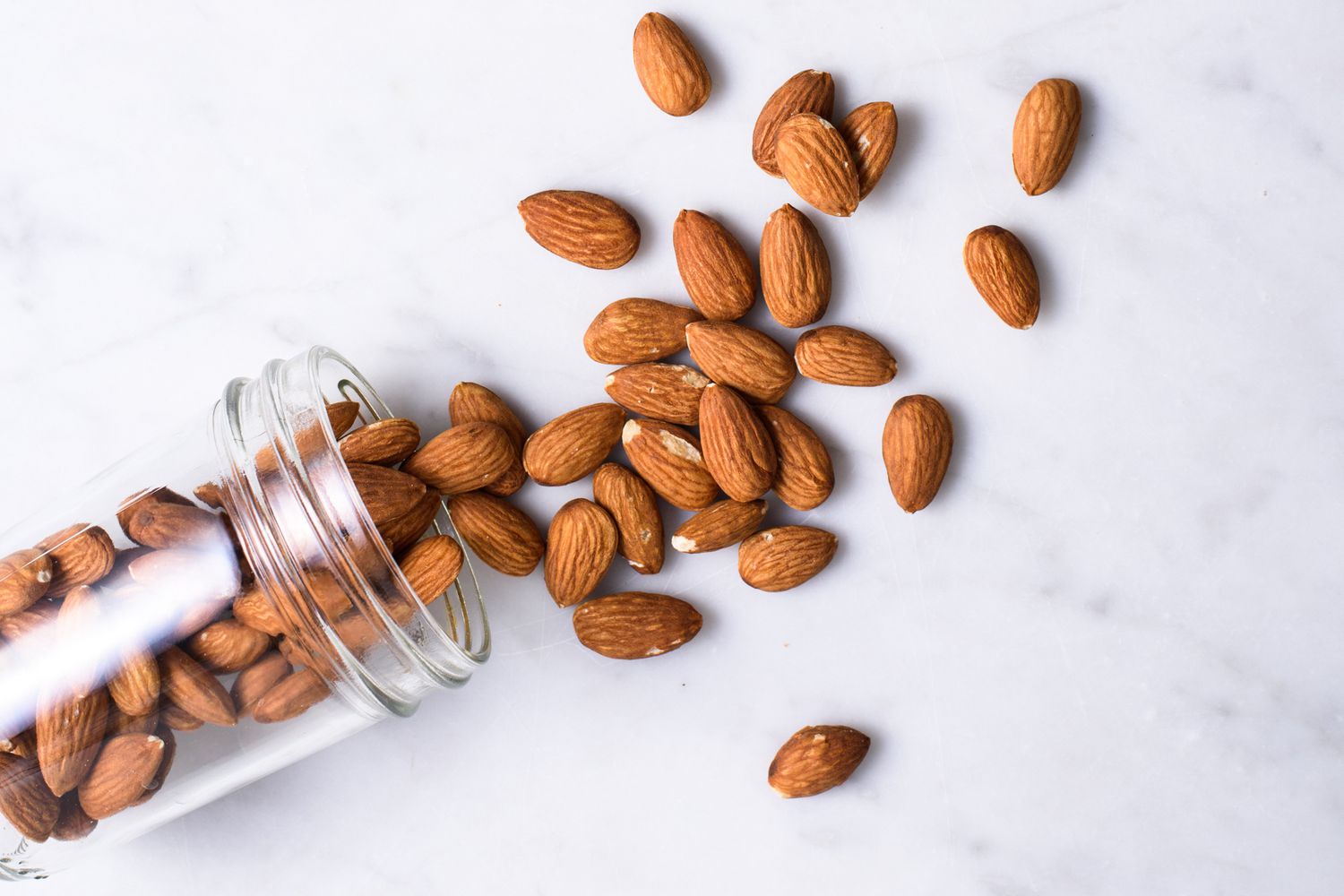
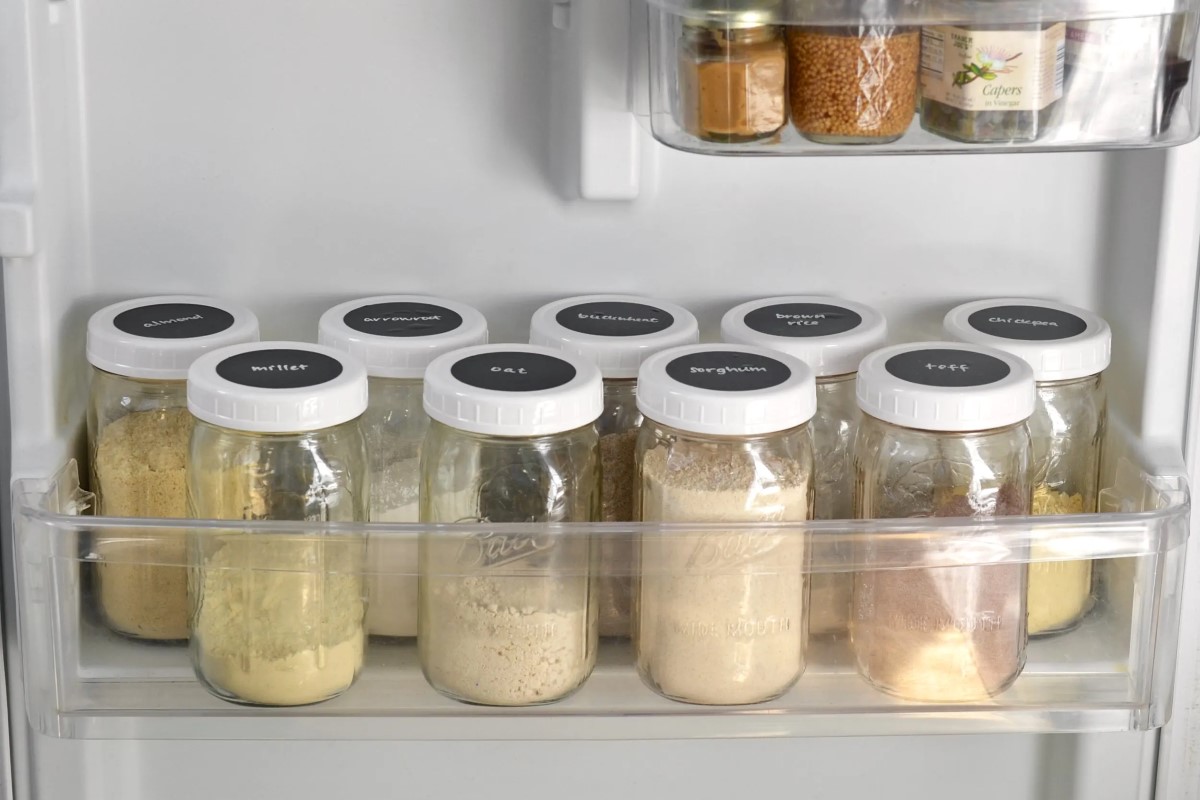
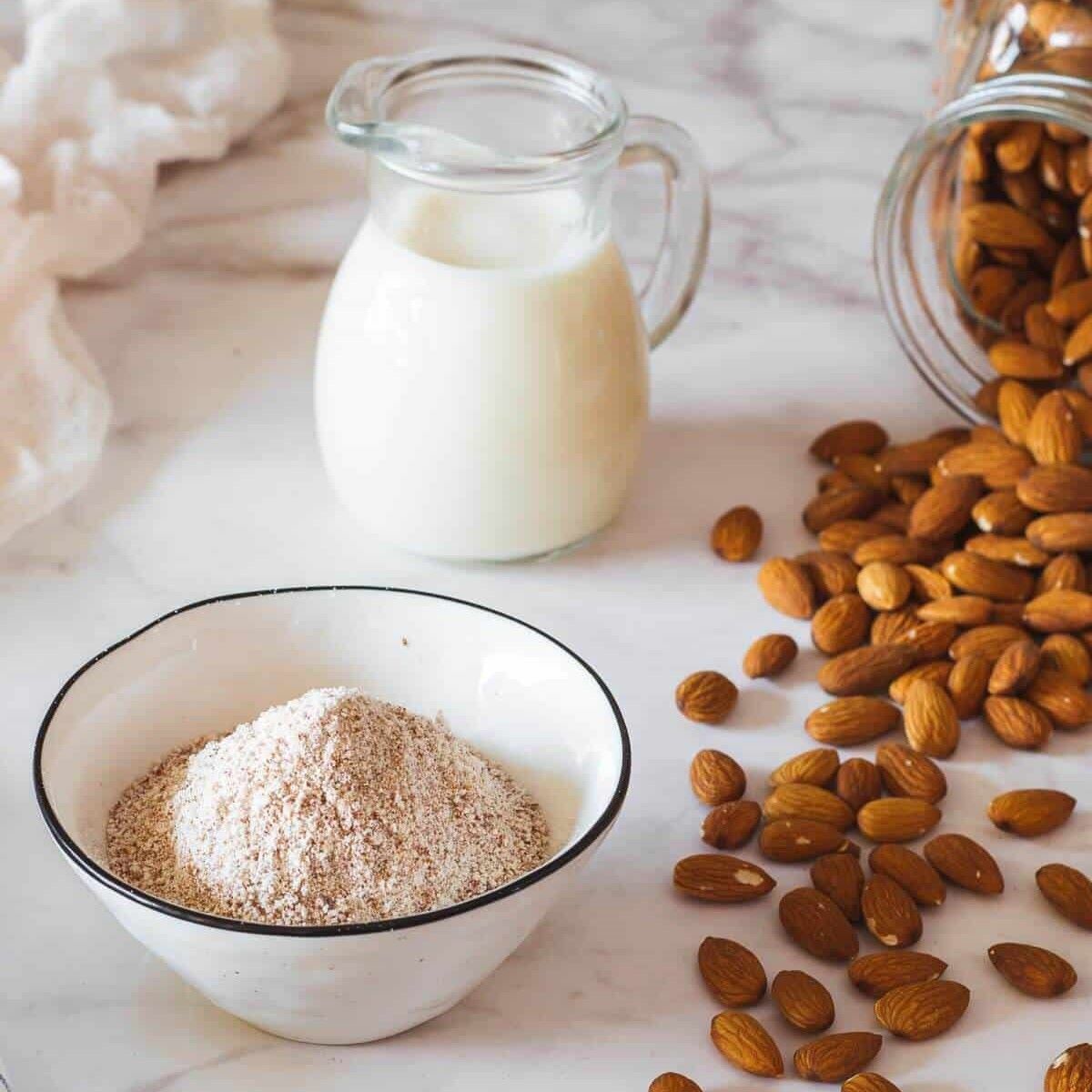
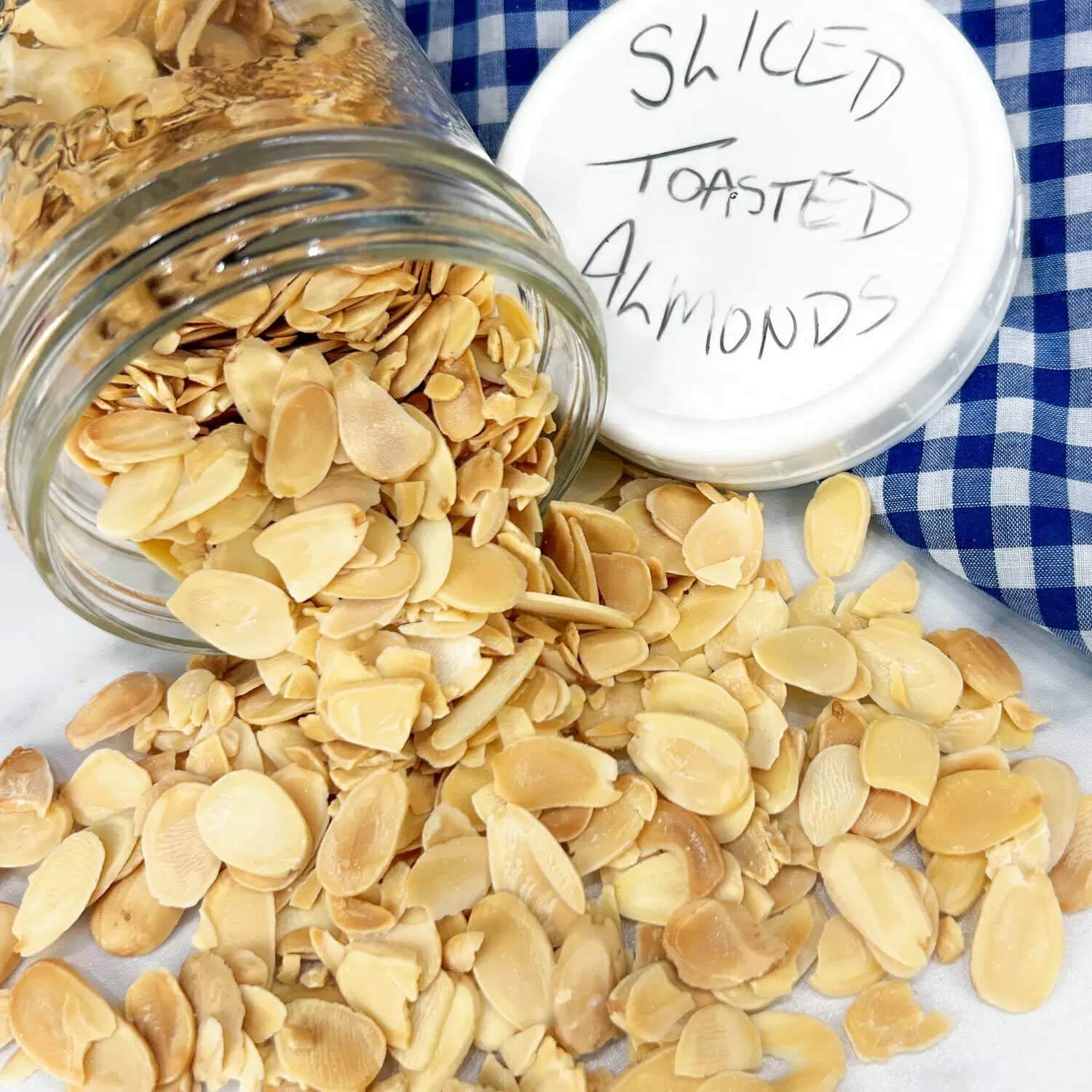
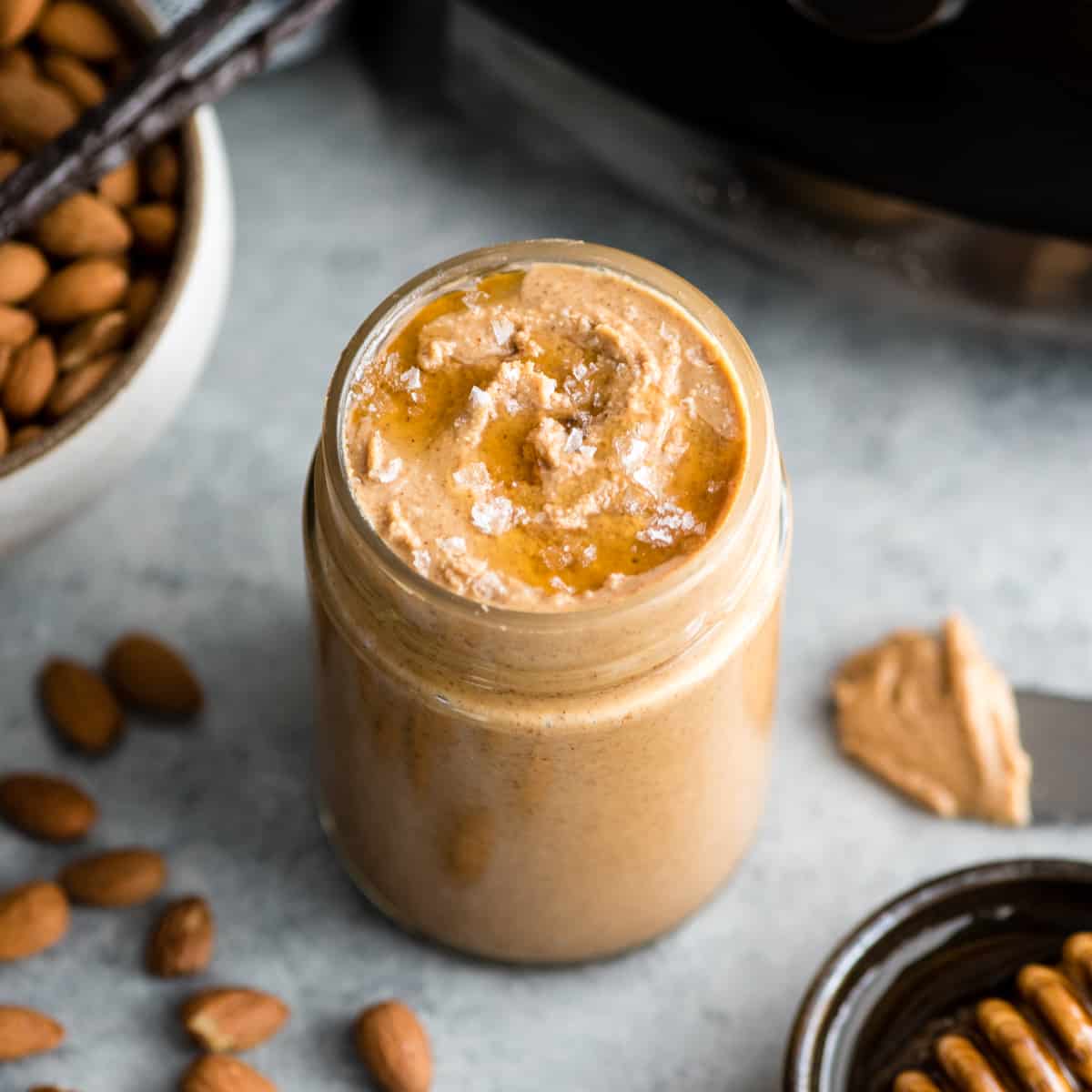
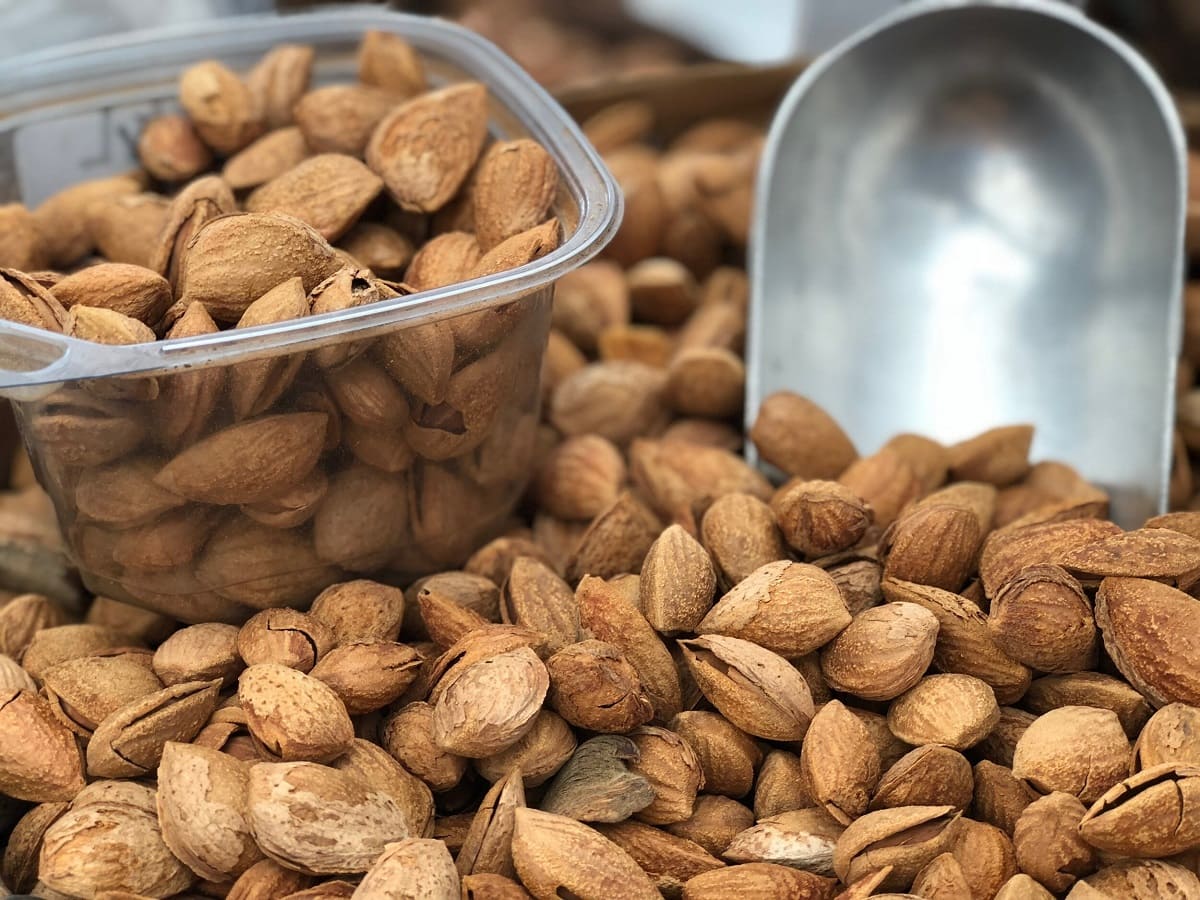

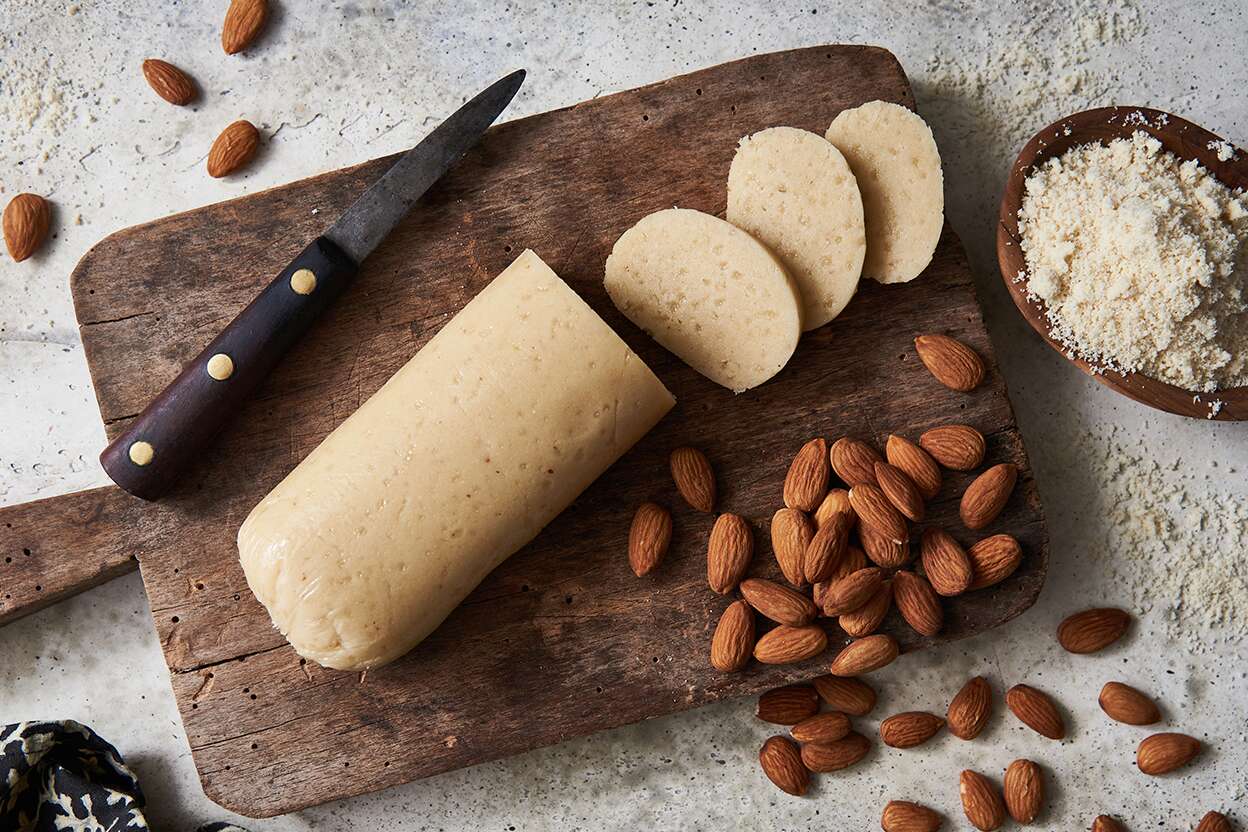
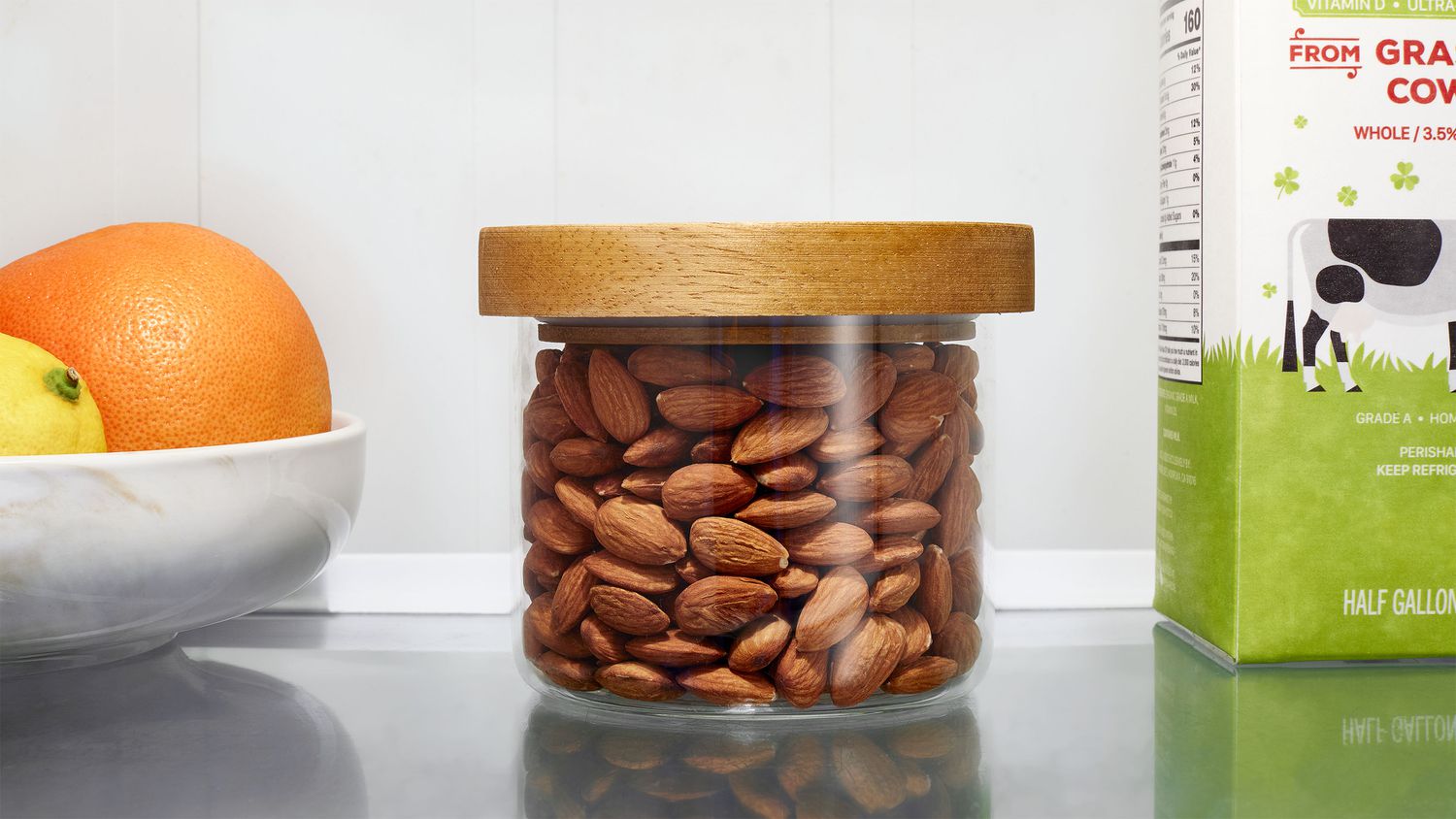
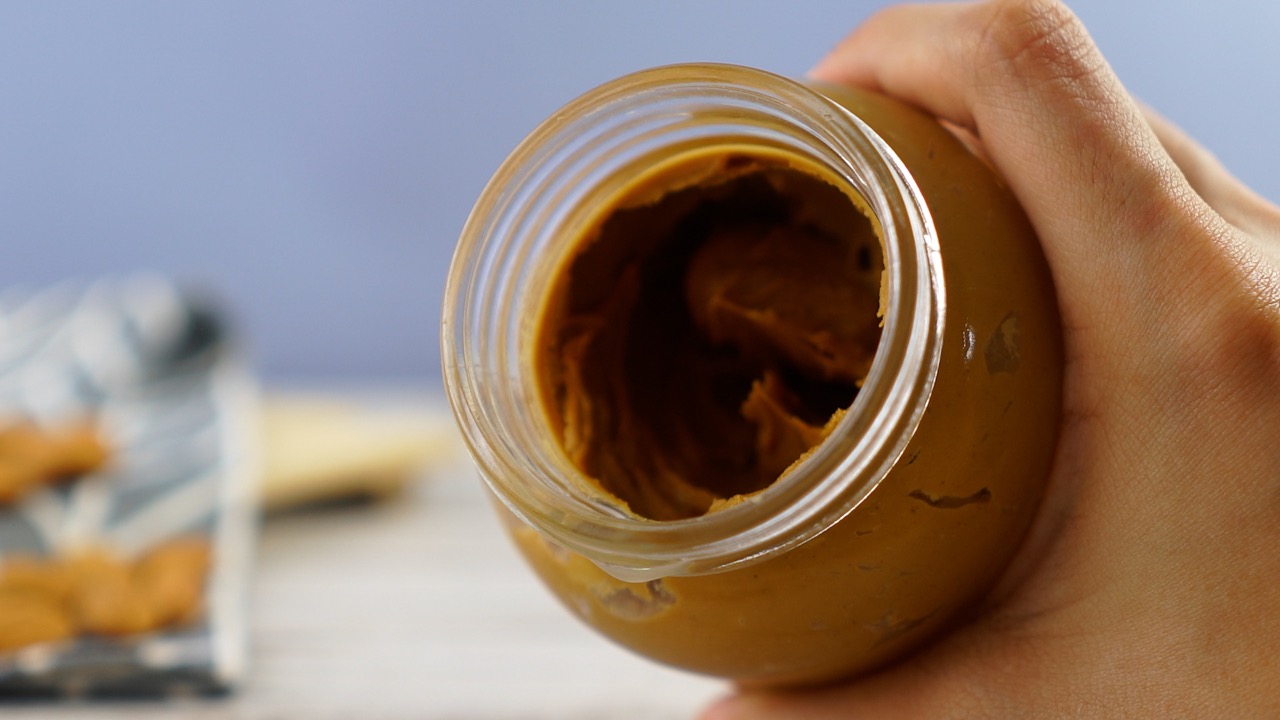
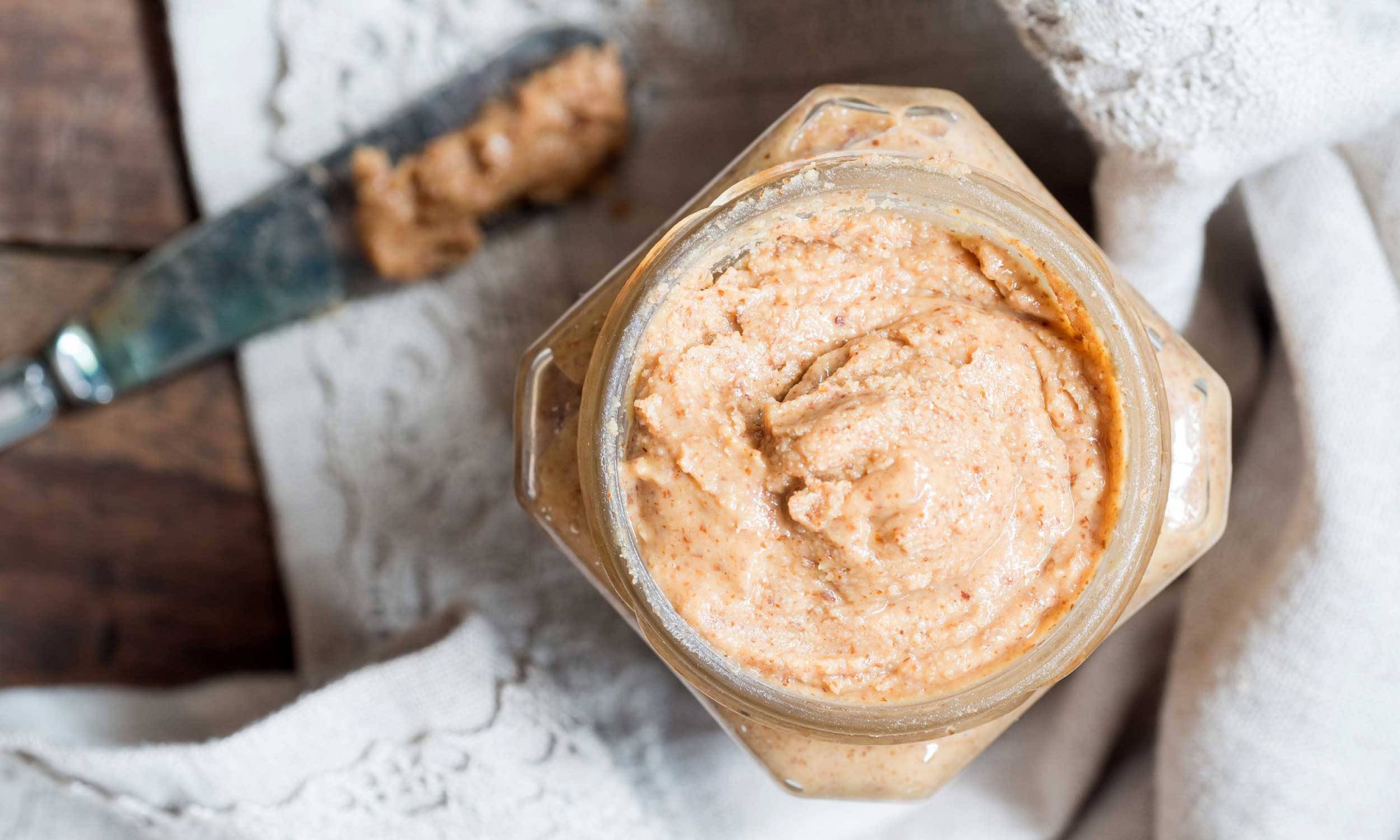
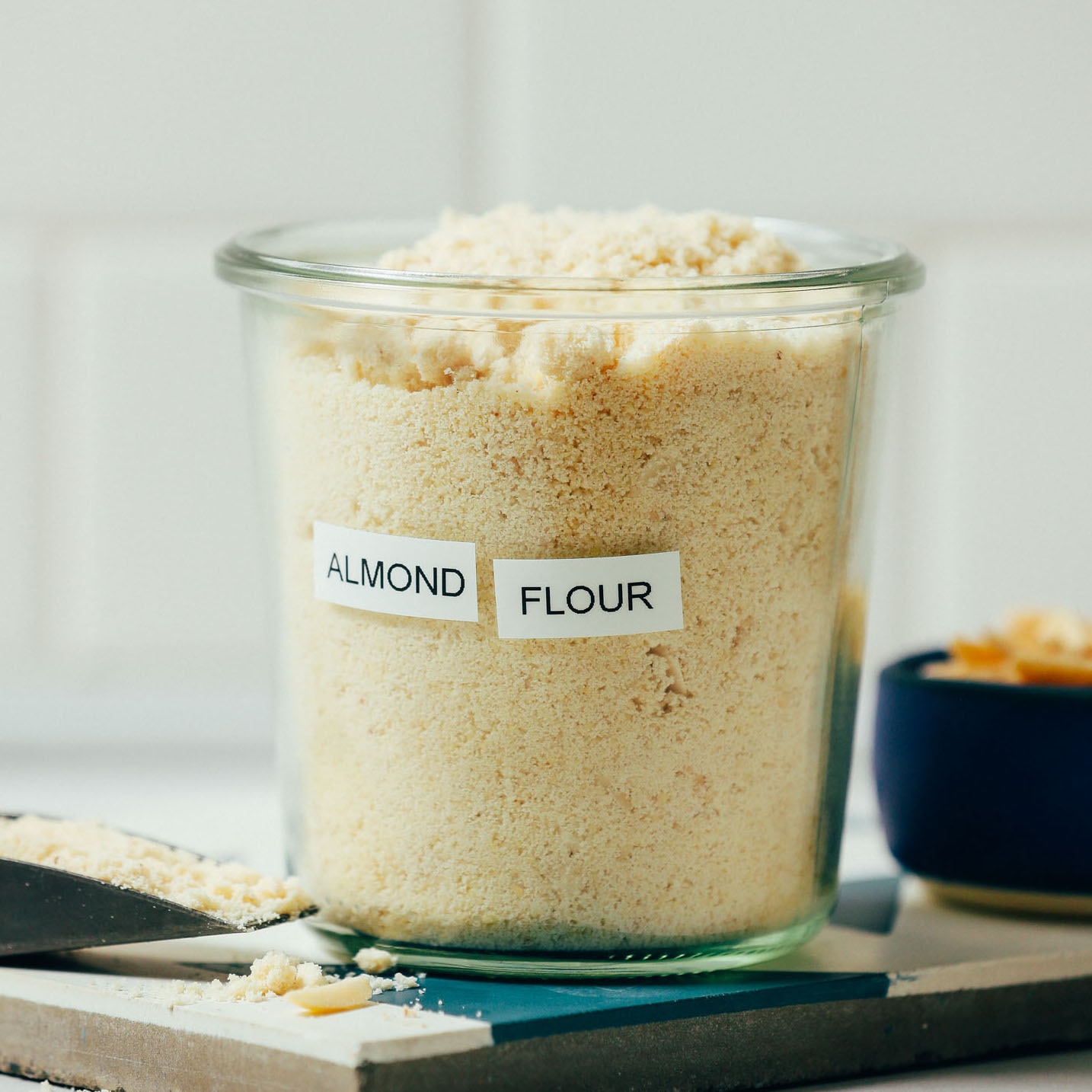
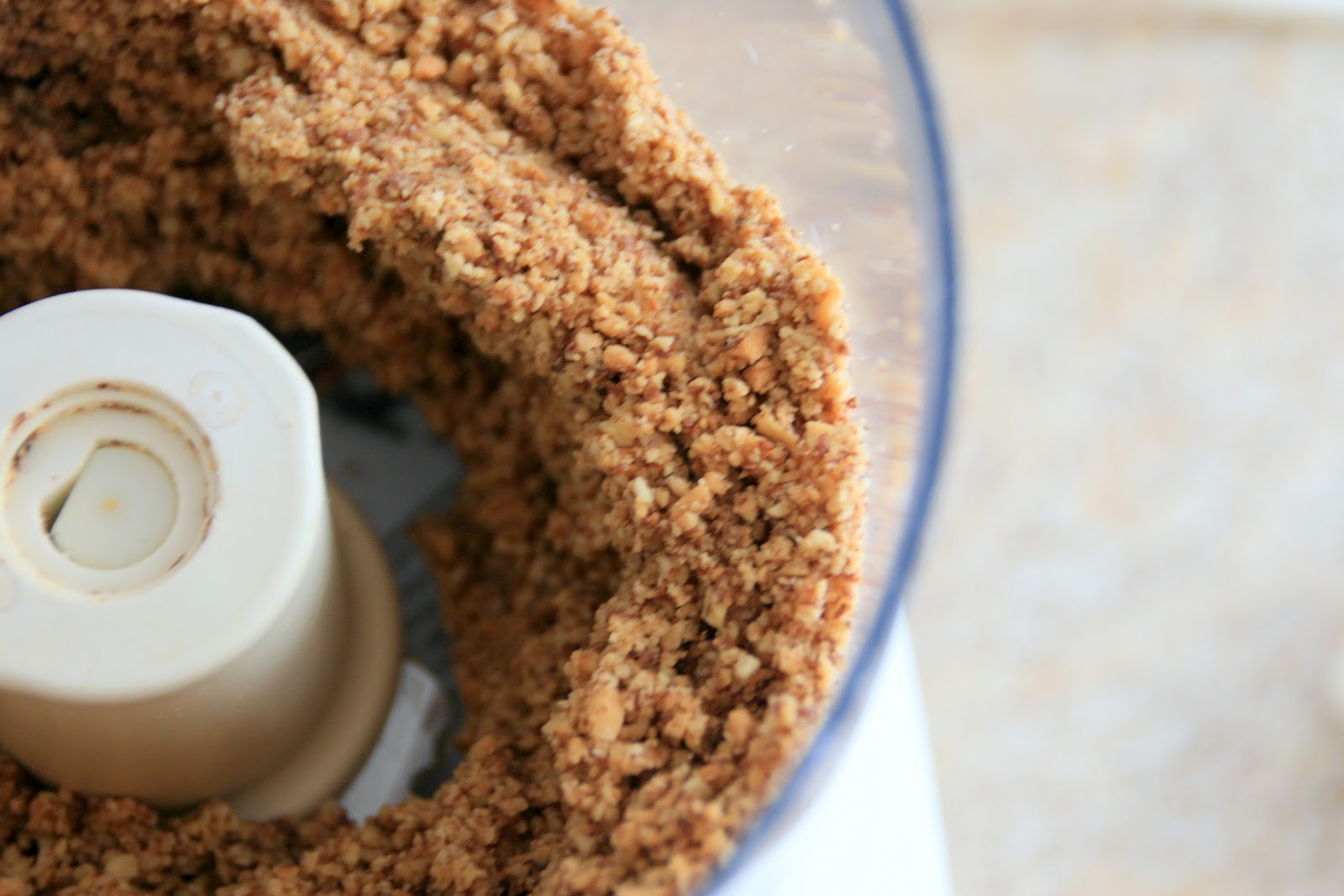
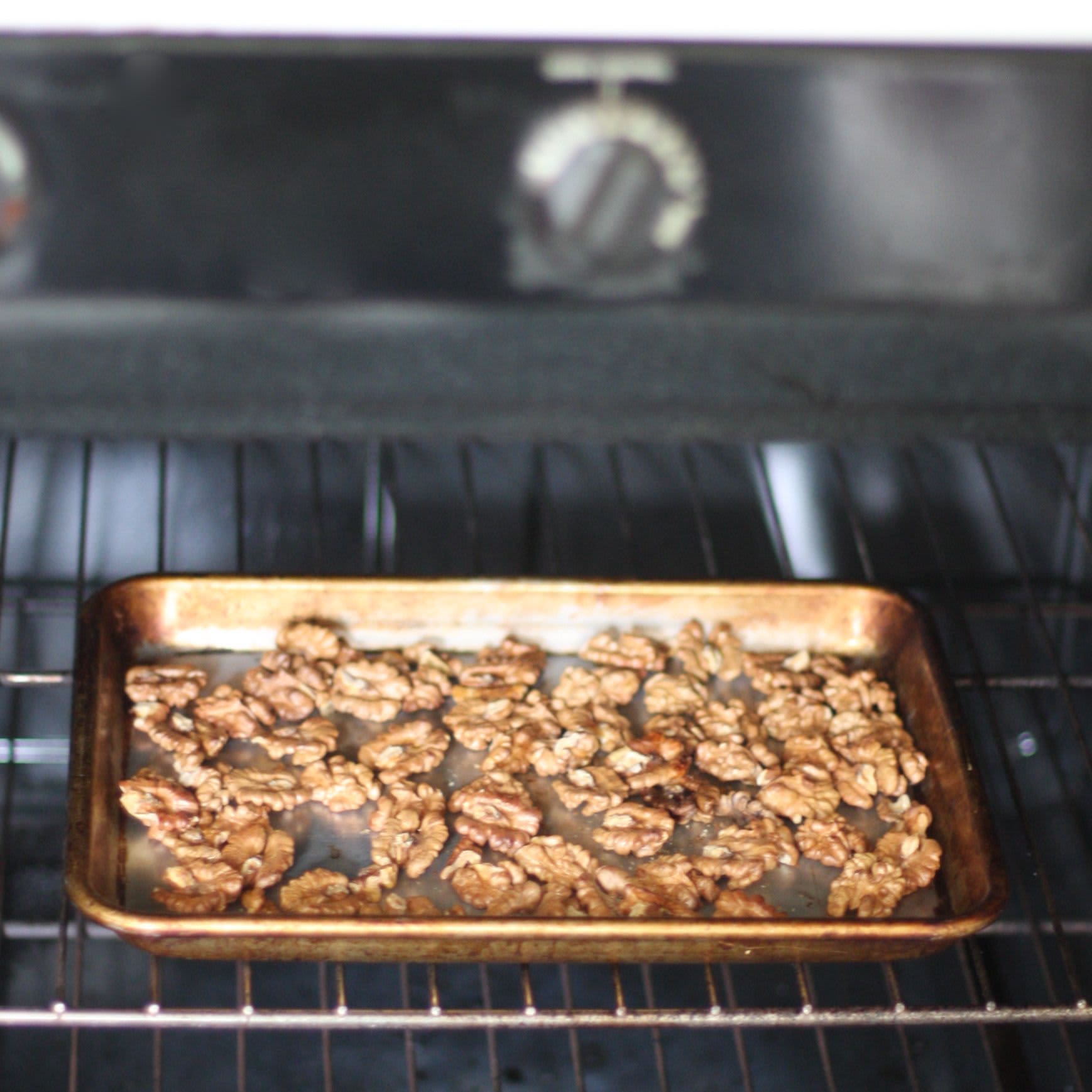

0 thoughts on “How To Store Blanched Almonds”